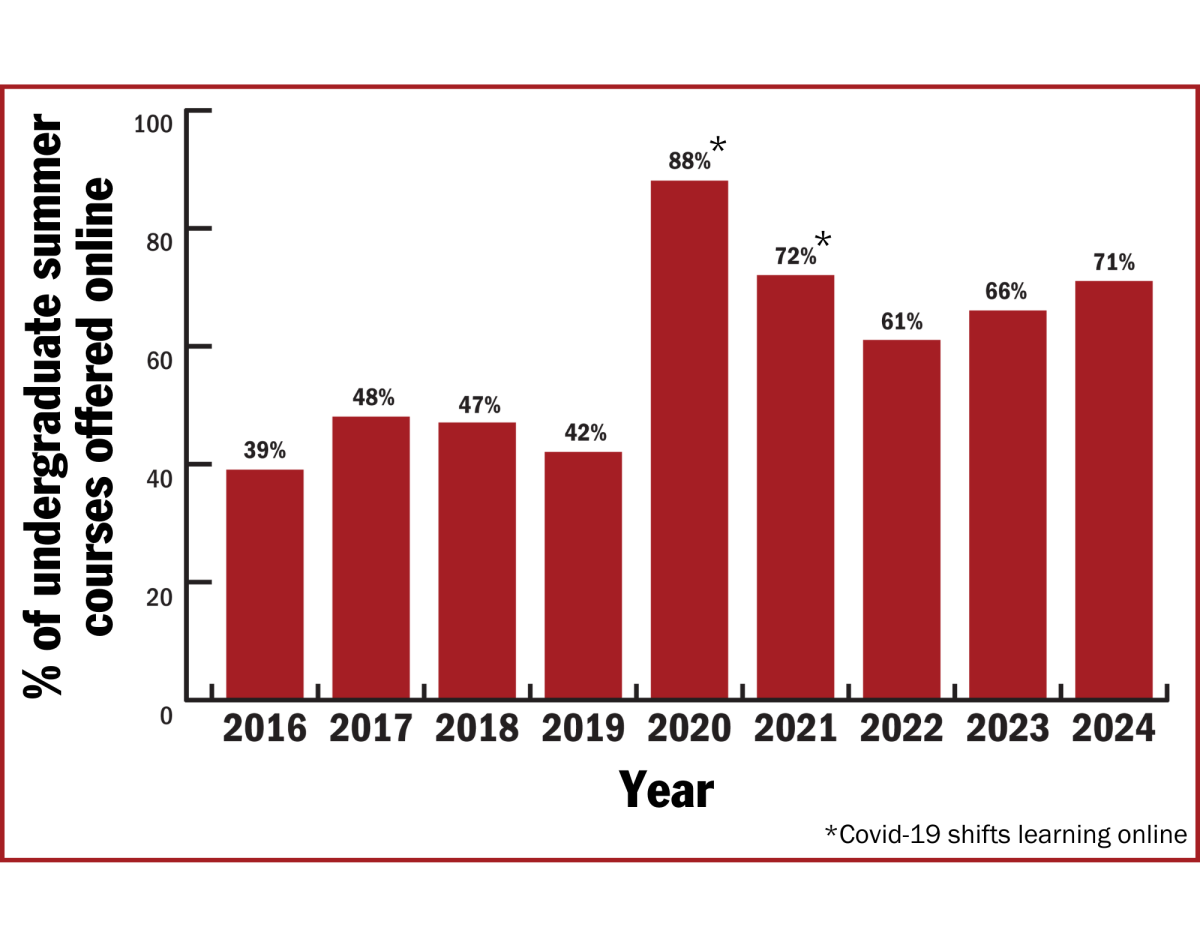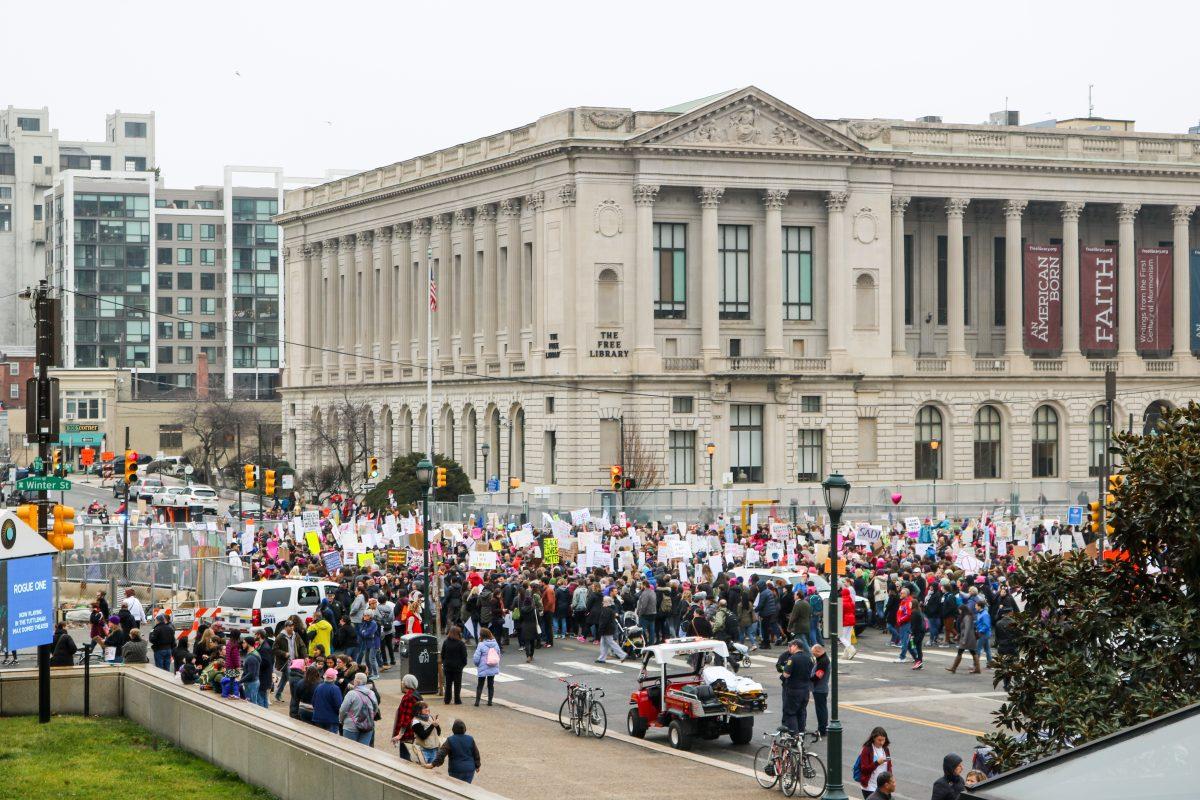Why egalitarianism isn’t enough
The Women’s March in Washington, D.C., Philadelphia, and more than 100 other cities in the United States and around the world gave millions of people the opportunity to declare their support and readiness to work for the protection and progression of human rights, justice, and equality.
In their guiding principles document, the organizers of the March enumerate diverse principles including racial justice, criminal justice reform, refugee rights, freedom from violence, ending police brutality, striving for economic justice for women, people of color, and the LGBTQ community, because “women have intersecting identities and are therefore impacted by a multitude of social justice and human rights issues.”
Upon reading its full list of principles, many people might be left wondering if the March had anything to do with feminism at all. But in fact, the March’s expansive list of values and principles reflects the very theory and spirit of intersectional feminism—the feminism to which I, and many other women, now adhere.
To many, feminism might mean the first definition given in the Merriam-Webster dictionary: “The theory of the political, economic, and social equality of the sexes.” Others might identify feminism with Merriam-Webster’s secondary definition: “Organized activity on behalf of women’s rights and interests.”
My definition is more like the second, but differs slightly. I am a feminist, and to me, being a feminist means actively working to deconstruct and change what I perceive as the oppressive social structures of gender, race, class, and heteronormativity. My personal definition of feminism has been informed by feminist theorist Bell Hooks’ definition, which states that feminism is “a movement to end sexism, sexist exploitation, and oppression.”
Notice that none of these definitions, nor most potential definitions of feminism, call for the creation of a new “female supremacy”—although some of the most extreme versions of feminism may contain strains of that type of thinking.
Egalitarianism, like feminism, has been altered, radicalized, liberalized, defined and re-defined since its emergence as a philosophical tradition in ancient Greece. Egalitarianism is a philosophical theory of equality among people; individuals are equals and should treat, and be treated by each other, accordingly. However, this definition is comically simplistic. For instance, it immediately begs a series of questions. How are people equal? Equality of what? What does treating each other like equals entail?
Regardless of the complexities of both concepts, many people seem unwaveringly confident in declaring that “they’re not feminists, they’re egalitarians.”
Now to be clear, the most liberal form of feminism, “the theory of the political, economic, and social equality of the sexes,” certainly bears a resemblance to egalitarianism, in that both theories advocate for equality between the sexes, especially focusing on legal rights, fair employment practices, and a more balanced division of labor in heterosexual marriages and families.
However, the plain fact is that feminism and women’s movements have never just been about simply gaining the same social rights as men. Elizabeth Cady Stanton, a leader of the first-wave of feminism and the women’s suffrage movement, published “The Woman’s Bible” which condemns the Christian Bible and the Christian faith’s teaching of the “subjection and degradation of women” and calls for a feminist reinterpretation. Simultaneously, Susan B. Anthony ensured that agnostic, atheist, and Catholic women still had a place in her wing of the movement. Rigoberta Menchu spent her life’s work resisting the Guatemalan military government oppression of the country’s largely poor indigenous community. Angela Davis founded Critical Resistance, an organization which works for the end of the prison-industrial complex and advocates for the rights of prisoners.
Women who comprised the feminist movements of the late ’60s and ’70s also marched for civil rights and protested the Vietnam War and U.S. support of military governments. Many women who identify as feminists today are anti-racism, anti-poverty, and anti-xenophobia. We defend Planned Parenthood, celebrate marriage equality, and oppose anti-trans and anti-LGBTQ laws like North Carolina’s HB2.
So when people ask why egalitarianism isn’t a sufficient or superior alternative to feminism, I say because egalitarianism isn’t enough.
Feminism opposes and advocates the struggle against white, cisgender, heterosexual, imperialistic, materialistic, and patriarchal oppression. Feminism calls for us to expose these structural problems and reform them from their very roots. Feminism places the existence and experiences of women, women of color, poor women, immigrant women, queer women, and women of minority faith traditions at the center of its theory and our movement to expose the insufficiency and injustice of political, economic, and social life.
Feminism is about joining with other social movements like Black Lives Matter, the civil rights movement, the queer rights movement, the workers’ movement, and others in order to reform them to be more inclusive and respectful of the human dignity of the people those structures have marginalized. Simply believing that people should be treated as equals does not and will not accomplish these goals.

































